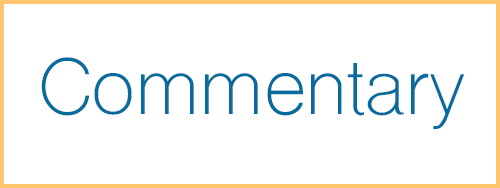Washington Watch is produced by the AACC office of government relations and policy analysis.
Just as needy students cannot make college possible or attainable without financial aid, institutions that disproportionately educate the underserved and low-income students need the financial resources to provide a quality education.

The Federal investment in student financial aid in 2019-2020 exceeded $142 billion, allowing millions of students of all races and ethnicities to attend postsecondary institutions. The Strengthening Institutional Program (SIP) grants under Title III-A of the Higher Education Act, is much smaller, but just as essential to minority serving institutions. The purpose of SIP is “to help eligible institutions of higher education to become self- sufficient and expand their capacity to serve low-income students by providing funds to improve and strengthen academic quality, institutional management and fiscal stability.” These funds can be used for a wide range of activities from facilities improvements to student services as well as faculty and curriculum development. A top legislative priority of the American Association of Community Colleges is increased funding for both student and institutional aid.
Eligibility designation
Applying for title IIIA funds is a two-step process. First, an institution must be designated a minority-serving institution. Institutions must be a public or private non-profit accredited institution whose designated group makes up a certain percentage of enrolled undergraduate students. Minority serving institution are defines as: American Indian Tribally Controlled Colleges and Universities (TCCUs), Alaska Native and Native Hawaiian Serving Institutions (ANNHs), Asian American and Native American Pacific Islander Serving Institutions (AANAPISIs), and Native American Serving Nontribal Institutions (NASNTIs).
The enrollment criterion for MIS designation for all categories of institutions at least 10% of undergraduates must be Asian American, Native American Pacific Islander, Native American in non-tribally controlled institutions, and Native Hawaiian, respectively. The only exception is Alaska Native Serving institution, whose enrollment threshold is that at least 20% of undergraduates are Alaska Native students.
While Hispanic Serving Institutions are eligible for Title V, and not Title IIIA funding, HSIs that are not current Title V grantees may apply for SIP funds as well as Title V funds. However, HSIs can only keep one award.
The second step is to be “designated as eligible” for SIP funds, which has two other criteria. The requirements are: (1) enroll a certain percent of needy students and (2) must have a low average education and general expenditures per full-time equivalent (FTE) undergraduate student. For public 2-year institutions, the 2021 eligibility thresholds are 33% Pell Grant recipients and $14,679 FTE expenditures.
The deadline for designation as an eligible institution was April 13, 2021. So, only institutions that have such designation may apply for the FY 2021 SIP funds.Please check the eligibility matrix to determine if your institution is eligible to apply.
Application requirements and awards
The Department of Education posted mid-May a notice inviting applications (NIA) for fiscal year 2021 SIP funds. Eligible institutions can apply by July 13, 2021.
Applying institutions can address either or both of two competitive preference priorities for an additional eight points. Priority 1, for five points, involves institutions providing wrap-around support services to promote retention and completion. These tutoring, counseling and student services projects, which can be provided to newly admitted as well as existing students, are designed to improve academic success, including completing remedial education and moving into core programs.
Projects falling under priority 2, for three points, are those that provide work-based learning experiences, such as internships and apprenticeship that align with Workforce Innovative Opportunity Act (WIOA) defined in-demand occupations and industry sectors.
Five-year awards – Individual Development Grants and Cooperative Agreement Development Grants – will be made for a total amount of about $17 million.
An estimated 28 Individual Development grants are expected to be awarded, ranging between $400,000 and $450,000 per year. Ten Cooperative Agreements are expected to be awarded with a maximum award of $550,000 for a 12-month period. These agreements are between an eligible institution and another eligible or an ineligible institution to carry out the activities of the grant.
Side bar: Highlighting Asian and Pacific Islander students and institutions
Community colleges celebrate the important role they play in educating Asian Americans, Native Hawaiians or Other Pacific Islanders (AANHPI) during Asian American and Native Hawaiian/Pacific Islander Heritage Month.
About six percent (~420,000) of community college students are AANHPI, which represents 38% of total AANHPI undergraduates. That number is likely to increase in the future as evidenced by Census Bureau projections of a doubling of the Asian population.
According to the Center for MSIs of the Rutgers University Graduate School of Education, in 2020, more than one-third (36%) of Asian, Hawaiian or Pacific Islander serving institutions one-third (36%) of were public two-year institutions.




